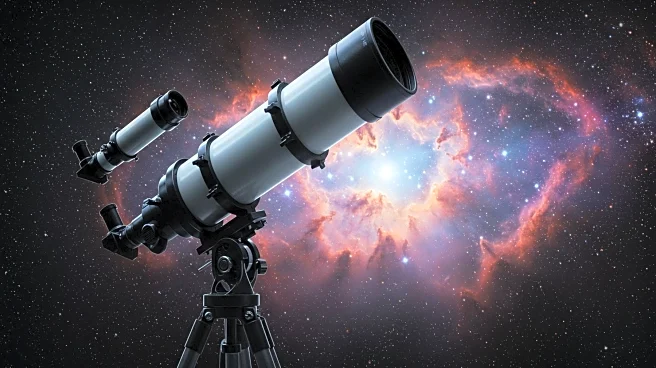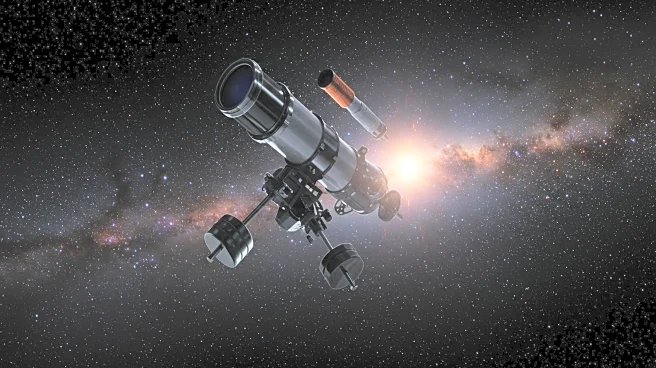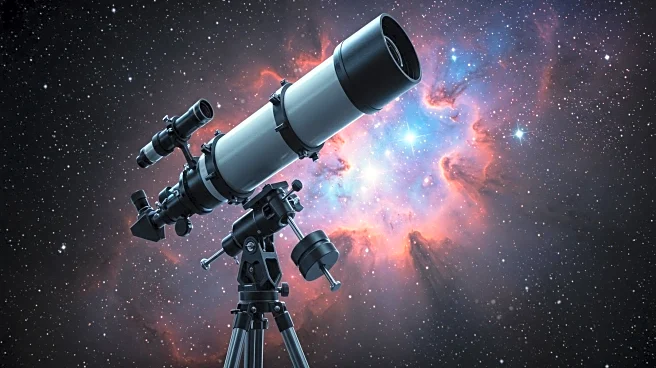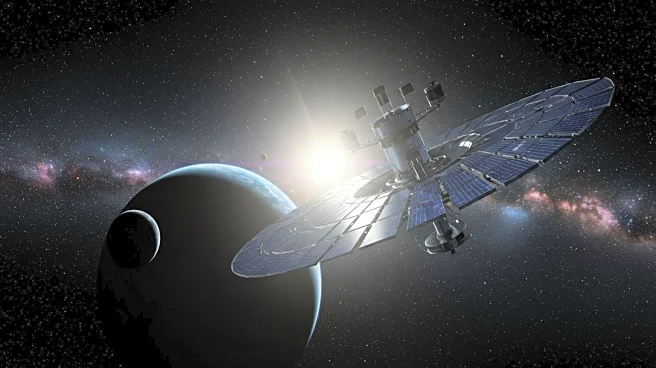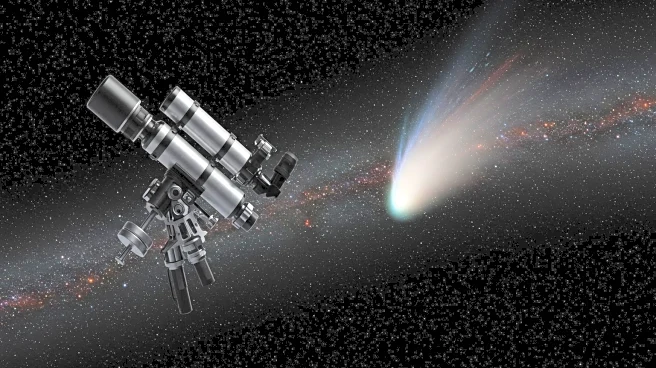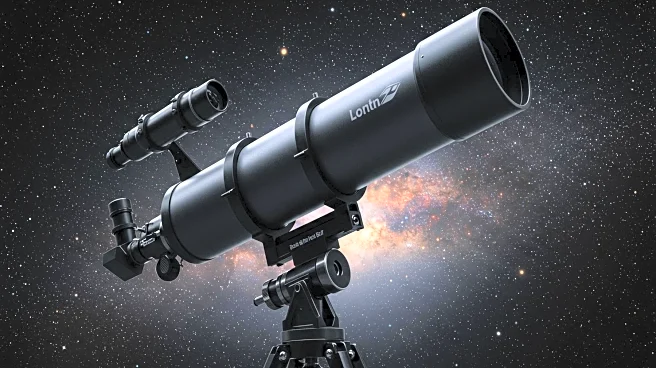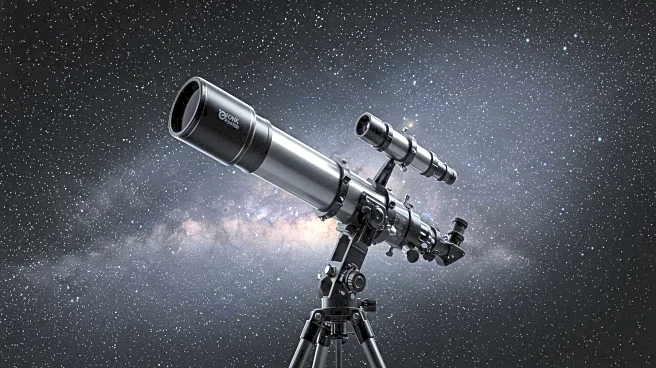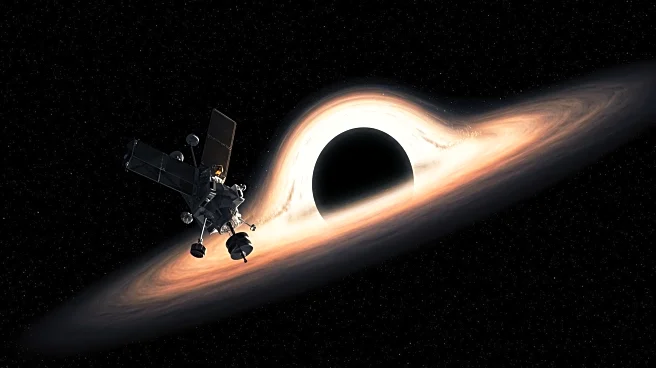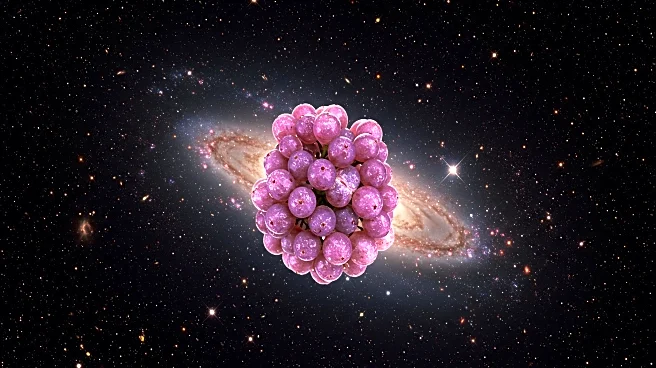What's Happening?
The James Webb Space Telescope has made several groundbreaking discoveries that challenge existing cosmological theories. Among these findings are the detection of massive galaxies and black holes that formed much earlier than previously thought possible, suggesting unknown physics or new formation pathways. The telescope's observations also align more with Modified Newtonian Dynamics (MOND) than the prevailing dark matter theory, indicating a potential need to reconsider gravitational models. These discoveries are prompting a reevaluation of the universe's expansion rate, galaxy formation, and the role of dark matter, potentially leading to a major shift in theoretical physics and cosmology.
Why It's Important?
The James Webb Telescope's findings could revolutionize our understanding of the universe, leading to new theories and revisions of existing models. The implications for space exploration and technology are significant, as these discoveries could influence future research and innovation in astrophysics and cosmology. The potential for new insights into the universe's early formation and the nature of dark matter could drive advancements in space technology and inspire a new generation of scientific inquiry. The findings also highlight the importance of international collaboration in space exploration, as the telescope is a joint project of the European Space Agency, NASA, and the Canadian Space Agency.
